Not really wine
BrokenAppleTree
18 years ago
Related Stories

WINE CELLARSWine Storage for the Rest of Us
No room or budget for a wine cellar? Borrow from these simpler decorative storage ideas
Full Story
KITCHEN STORAGE11 Space-Savvy Alternatives to Wine Cellars
Don't be crushed without a dedicated room for your grape varietals. Store and display your wine the creative, budget-friendly way
Full Story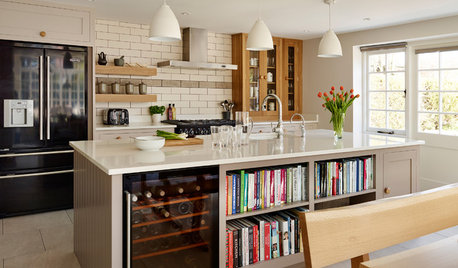
STANDARD MEASUREMENTSKey Measurements for a Wine Cellar, Part 1
Find out the best ways to store your stash and how much space you need for wine refrigerators, racks and other storage
Full Story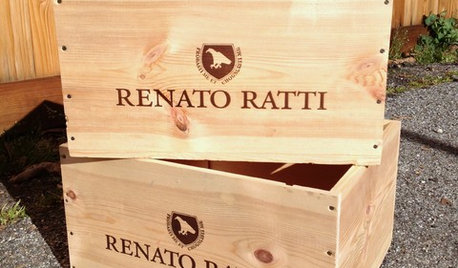
DIY PROJECTSWeekend Project: Reinvent a Wine Crate
Discover 8 DIY possibilities for these inexpensive but beautiful boxes, then see one handywoman's reinvention
Full Story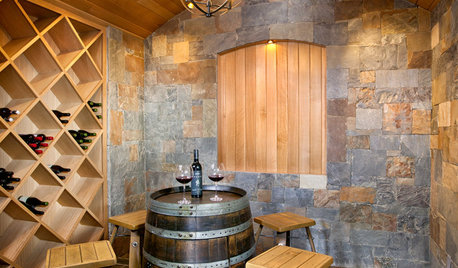
REMODELING GUIDESDesigner's Touch: 10 Wonderful Wine Storage Spaces
Get juiced for these professionally designed cellars, closets and other storage spaces to house wine collections in style
Full Story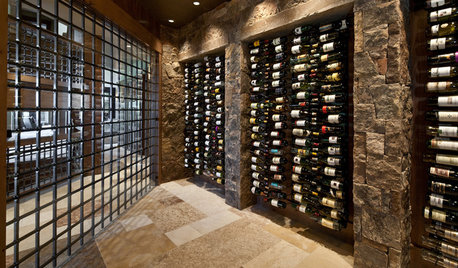
WINE CELLARS8 Wine Cellars Overflowing With Artful Storage
Give your wine collection a high-end home, with a prefab or custom racking system as posh as you please
Full Story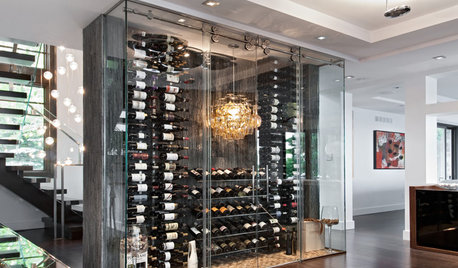
WINE CELLARSRoom of the Day: Chilled Wine Box Makes a Fun Feature Wall
A narrow compartment of slate, glass, steel and cork adds surprise and utility to an open-plan room
Full Story
REMODELING GUIDESDouble Take: 'Floating' Wine Bottles Rack Up Style Points
Look closely to spy the secret of this wine rack, concocted by a clever homeowner needing a design workaround
Full Story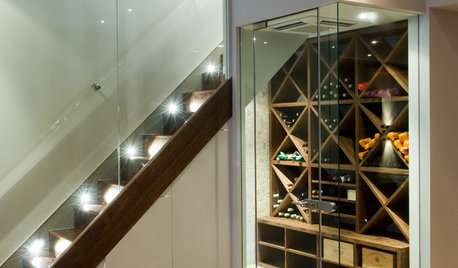
WINE CELLARS7 Steps to Create a Connoisseur's Wine Cellar
Showcase your wine to its best advantage while ensuring proper storage conditions. Snooty attitude optional
Full Story
KITCHEN DESIGNFine Thing: A Wine Fridge Right Where You Want It
Chill your collection: No wine cellar or tasting room required
Full StorySponsored



wolfe15136
biblion
Related Discussions
Wine sauce, freezing?? sweet and savory
Q
Wine question.....
Q
Smile Today - 5/25
Q
Show me your wine/booze cellar door!
Q
BrokenAppleTreeOriginal Author
biblion
BrokenAppleTreeOriginal Author
biblion
fancifowl
biblion
fancifowl
bunnyman
biblion
fancifowl
biblion
fancifowl
biblion
fancifowl
biblion
frenchy_fl